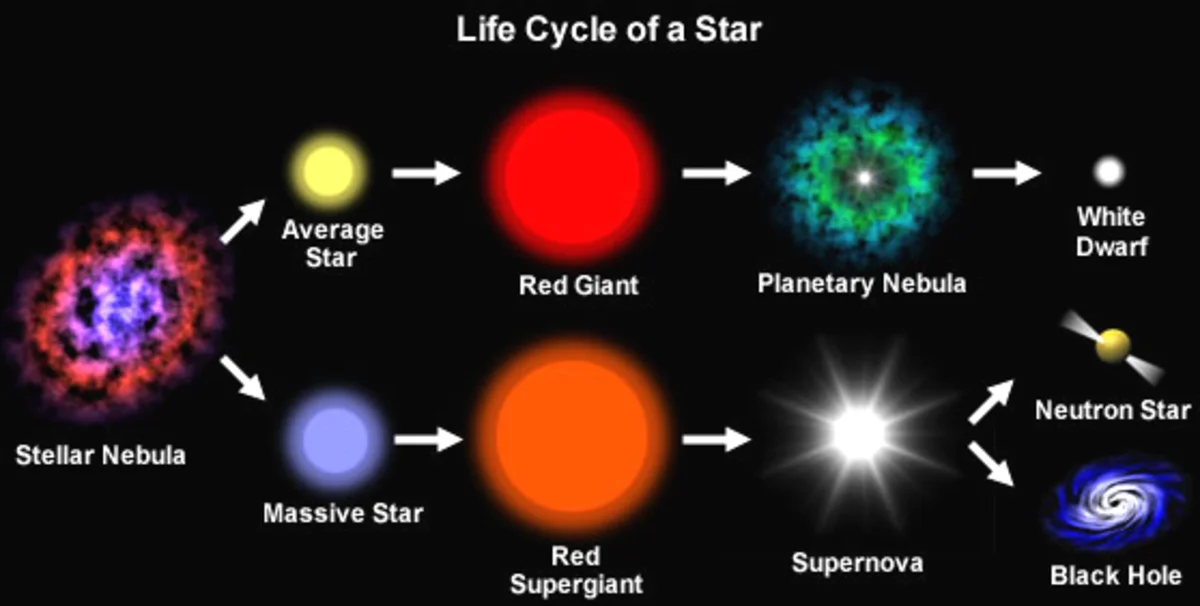![]() June 17, 2024
June 17, 2024
![]() 1436
1436
![]() 0
0
Gravity is the invisible force that pulls objects towards the center of planets and stars. It keeps planets in their orbits around the sun and determines our weight based on the mass of the planet. Understanding gravity helps us explore how planets behave and even detect cosmic events like black holes colliding.
Effect of Mass on Weight: Earth’s gravity comes from all its mass. All its mass makes a combined gravitational pull on all the mass in your body. That’s what gives you weight.
Formation: A black hole is an object in space that is formed after the death of a star (core runs out of fuel) and is so dense and has strong gravity that no matter or light can escape its gravity pull.

History of Gravitational Waves: Gravitational waves were first proposed by Albert Einstein, 100 years ago as part of the Theory of Relativity.
Einstein’s Prediction: One of the most remarkable predictions of Einstein’s theory of general relativity is that gravity bends light.
Overview: LIGO-India project is an Indian Initiative in Gravitational wave observations, expected to be completed by 2025.
| Must Read | |
| Current Affairs | Editorial Analysis |
| Upsc Notes | Upsc Blogs |
| NCERT Notes | Free Main Answer Writing |
Gravity is not just a force on Earth but a fundamental aspect of the universe. From holding planets in orbit to revealing the secrets of black holes and even bending light, gravity shapes our understanding of space and time.
<div class="new-fform">
</div>
Latest Comments